We’re just back from France. Specifically, we’re just back from Laroque d’Olmes, the town which we left exactly a year ago, and which for six and a half years, we called home.
We felt anxious about this trip. What would we feel? Would we find we’d made a horrible mistake in leaving Laroque? Would our now rusted and un-exercised French measure up to a week or more of more-or-less constant use? Would people want to see us as much as we wanted to see them?

What actually happened was that for the first few days, we barely had time to think at all. As soon as we got there, we were launched into A Social Diary. We’d have lunch here with one set of friends, our evening meal there with another. We’d slot other friends in for morning coffee, or afternoon tea. One morning we even commandeered the local bar and held court there, in order to catch up with people whom we couldn’t see in any other way. We started to flag. We simply couldn’t keep up the pace.
And luckily, we didn’t have to. Saturday was the day the walking group had suggested we set aside for them. The planned ‘rando’ had to be kicked into touch because of the promise of rain and wind. Instead, a dozen or so of us walked for a couple of hours whilst Jean-Charles, as clerk-of-works, organised a team to transform a roofed shelter outside the church in nearby Fajou into a banqueting hall. As ever, this turned into a magical occasion in which home-made tarts and pies, home-cured sausage, cheeses, bread, wine, more wine, cakes and puddings of every kind were crowded onto picnic tables for us all to feast upon as we gossiped and sang and reminisced, trying not to notice the cold and wind only inches away from us. It felt as if we’d never been away. Part of our time was spent making plans for the group to visit us here in Yorkshire. Watch this space!
After that, life became so much more leisurely. Lunch in Foix on Easter Sunday with friends, then a lazy Easter Monday with our hosts, getting sunburnt in the garden, cooking and eating the traditional Omelette de Pâques.
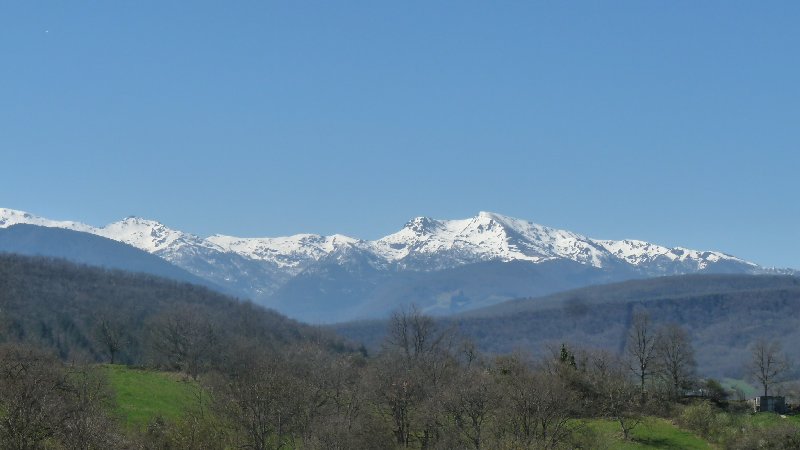
It’s memories of all those moments with friends that we bring home with us. Memories too of the much-loved scenery of the foothills of the Pyrenees. Would we return there to live? Not a chance. Laroque itself is going through very tough times, and it shows. The shop, the once-thriving music centre, children’s services – all are struggling. Some of our French friends commented that perhaps we could have made our lives easier by not getting ourselves involved in day-to-day life there, and they could have a point. We plugged into the local networks that talked and acted against corruption here, services closing there, money talking somewhere else, when instead we could have been sitting in our little bubble on a sun-dappled terrace drinking wine and sun-bathing. But by getting involved, we hope we made friends for life, and understood a little more about the society we briefly became part of. But never fully part of. Our very different background, our lack of real understanding of certain basics of French culture left us always feeling to some extent outsiders, however much we were accepted and made to feel at home. It feels as if this is the right time to be involved in life in England once more.
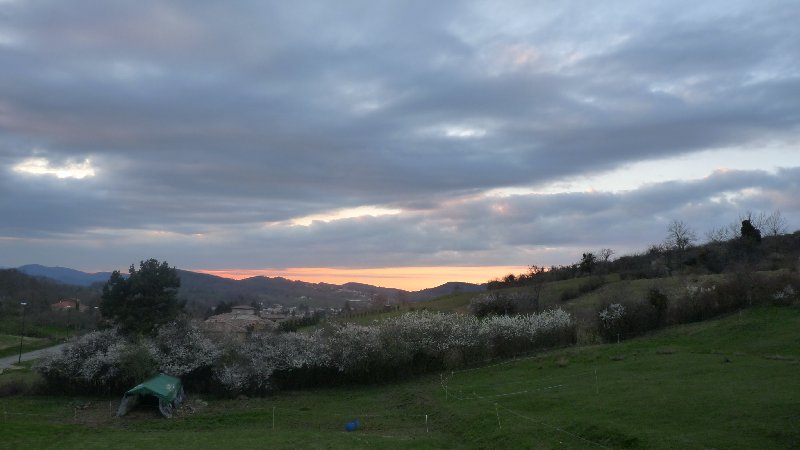
And anyway, who could bear to be anywhere else but here when the daffodils are in bloom?
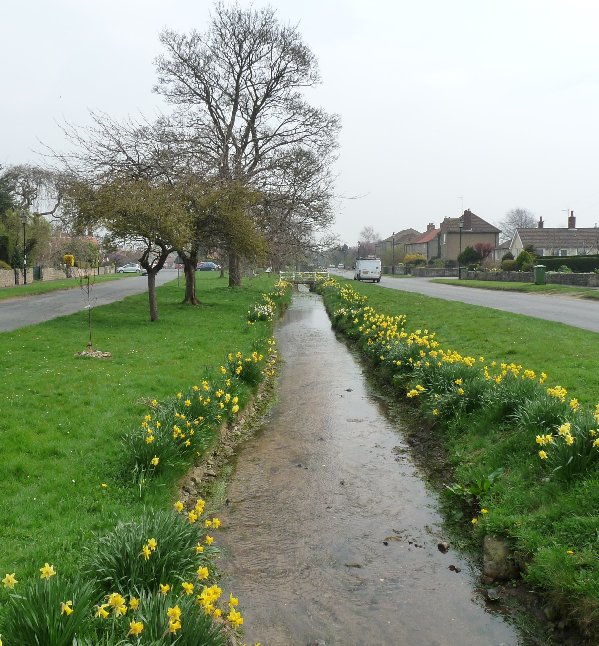













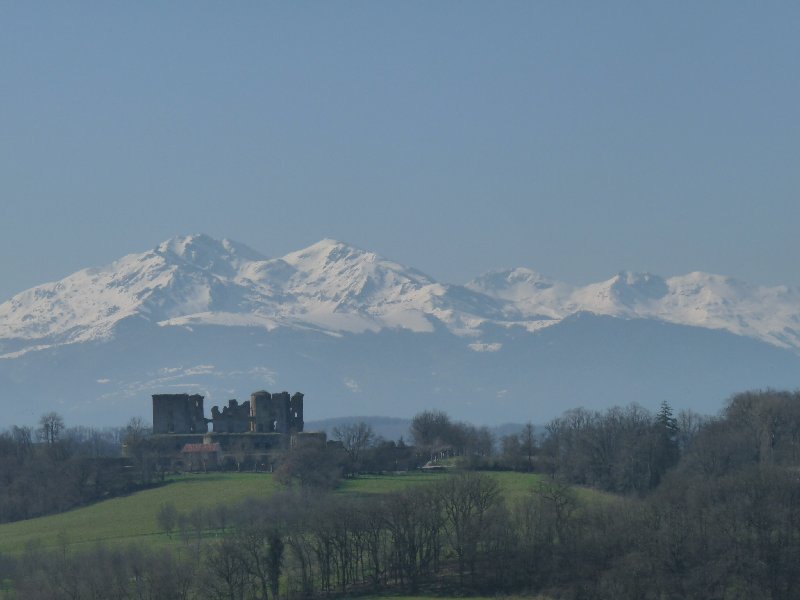
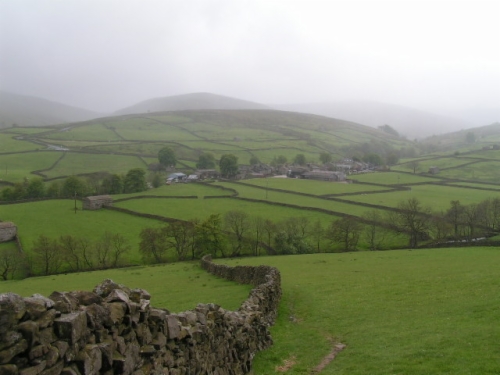






















































You must be logged in to post a comment.